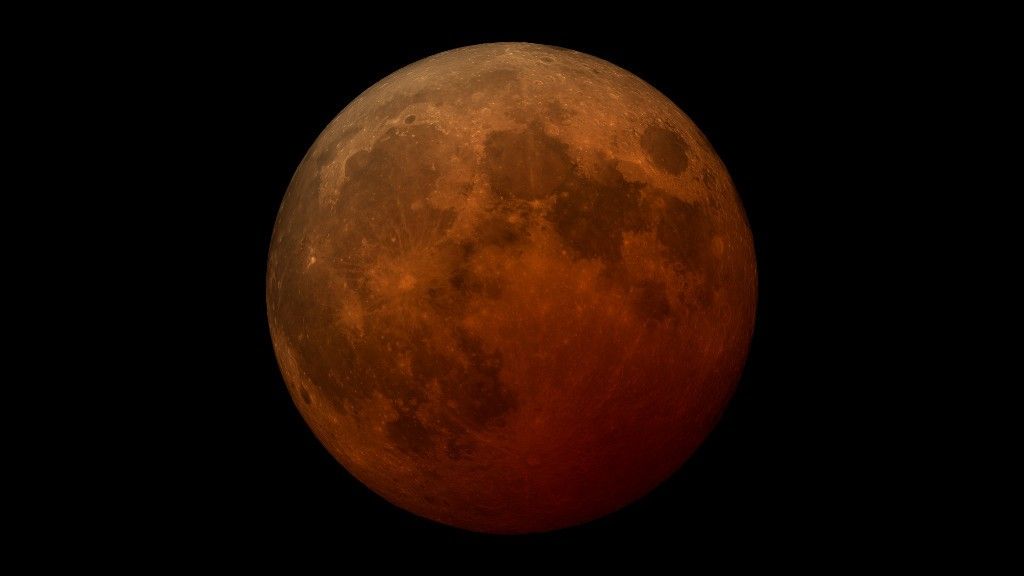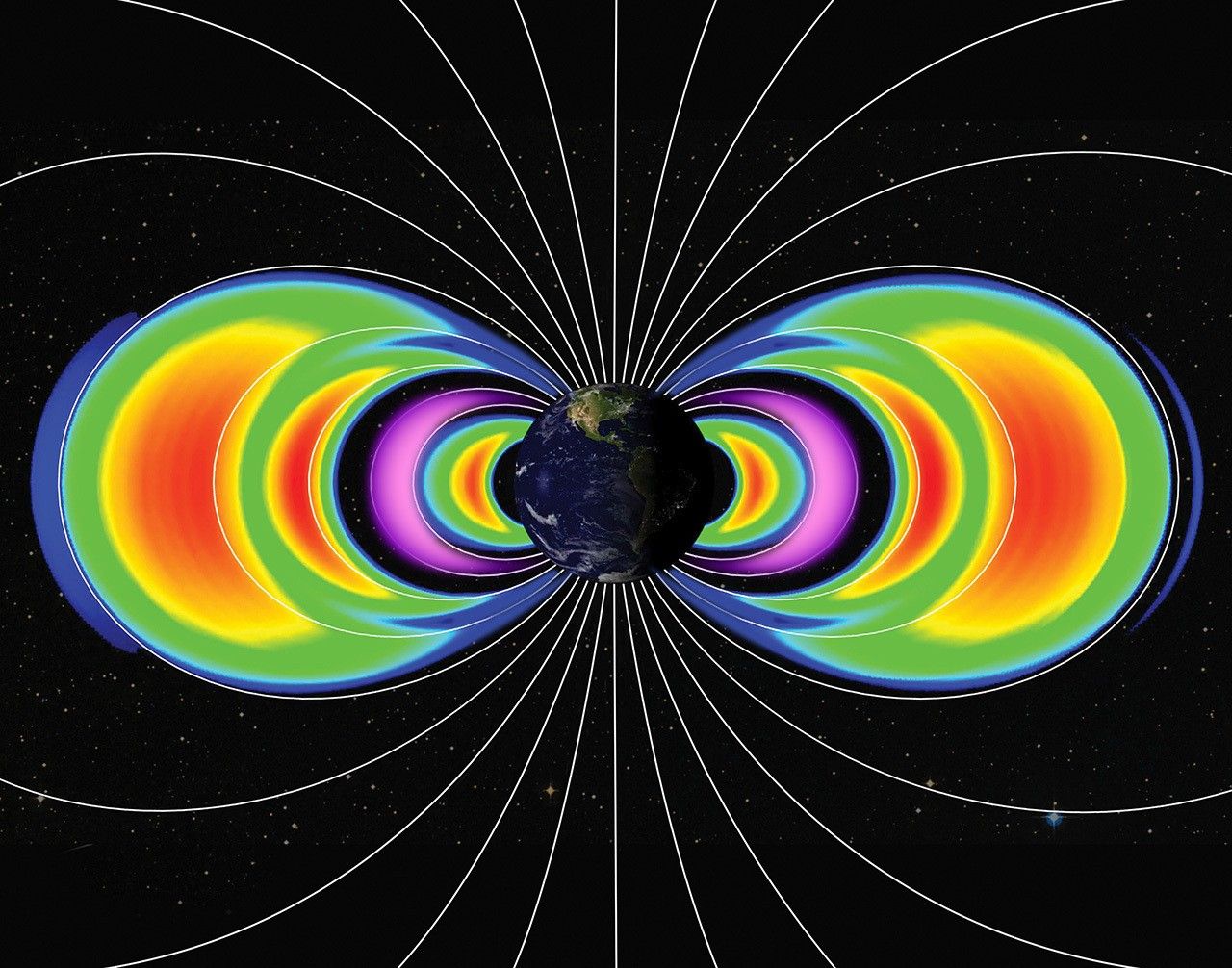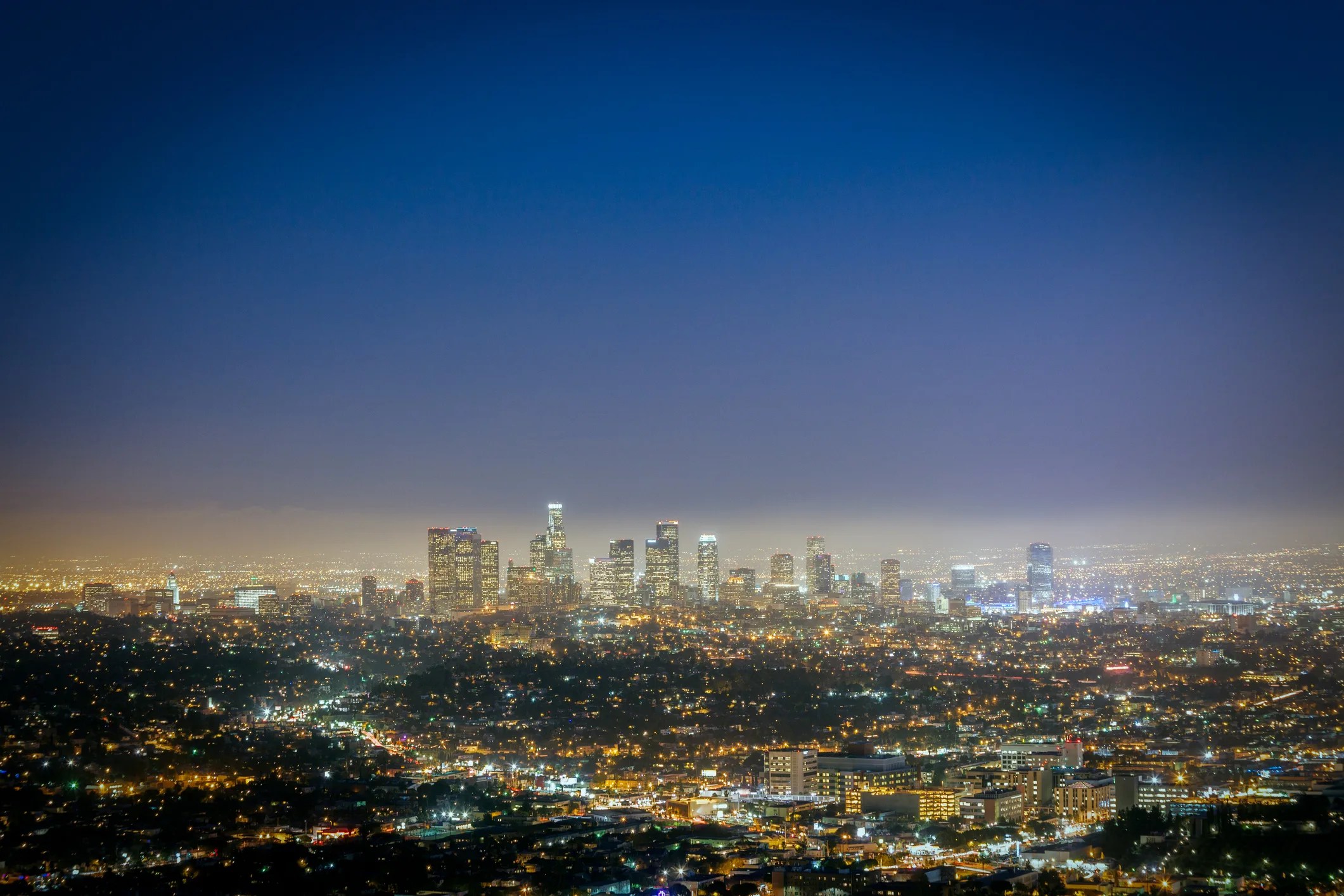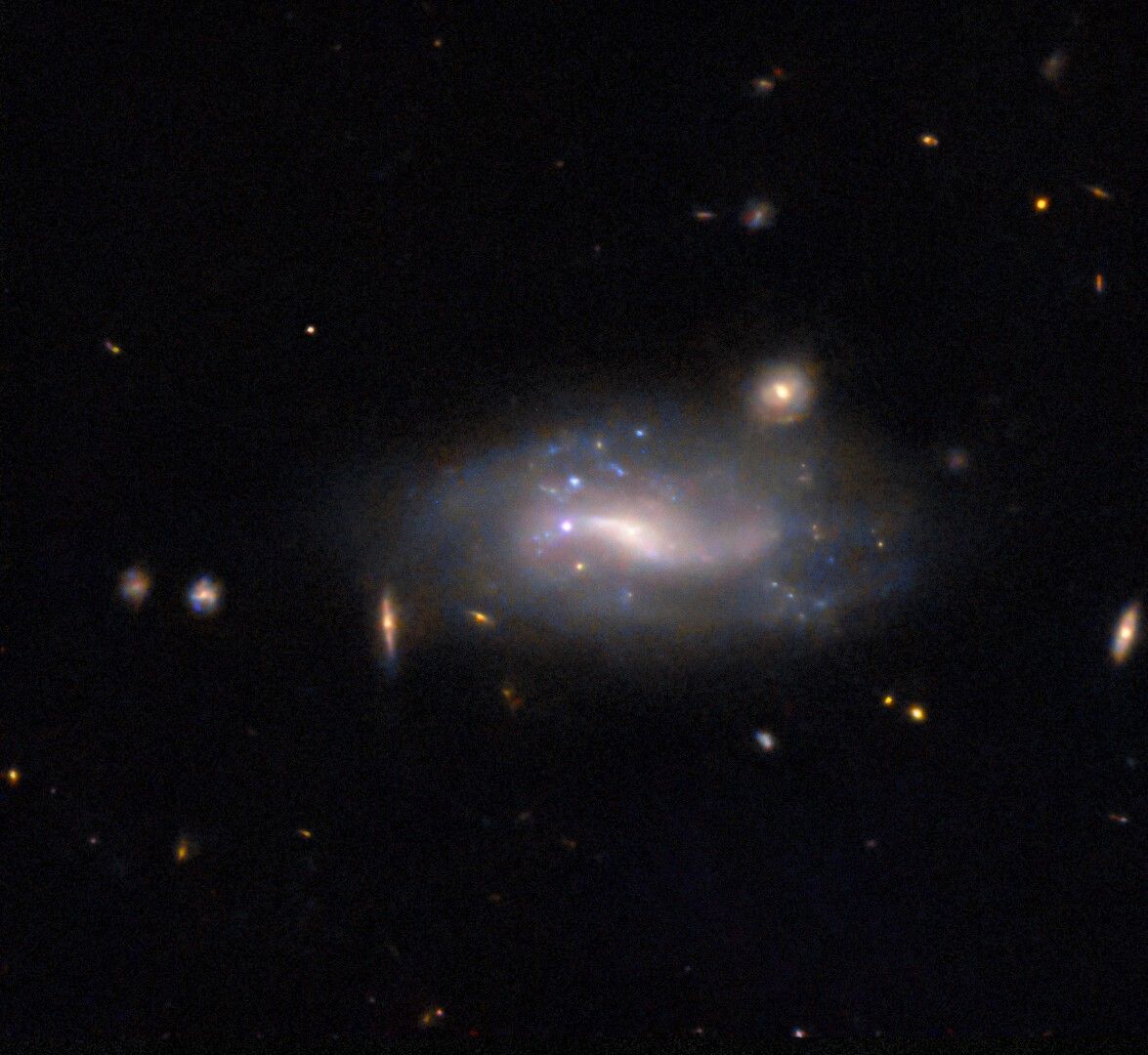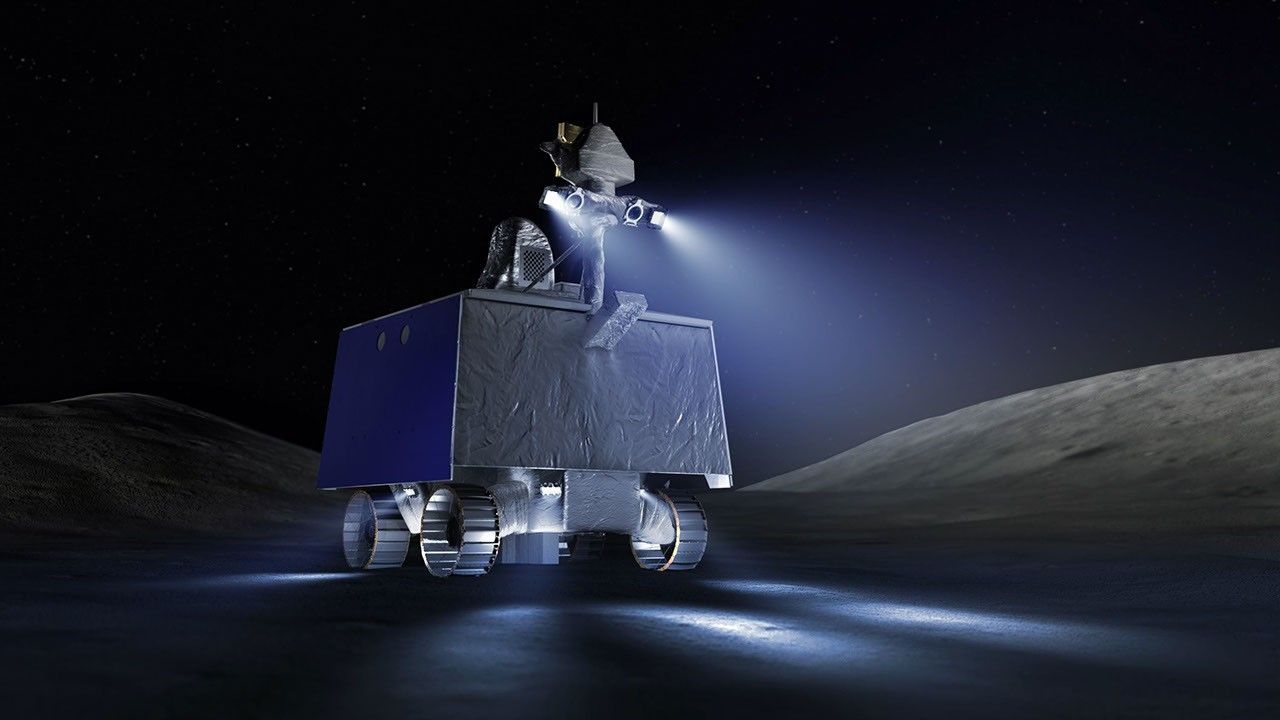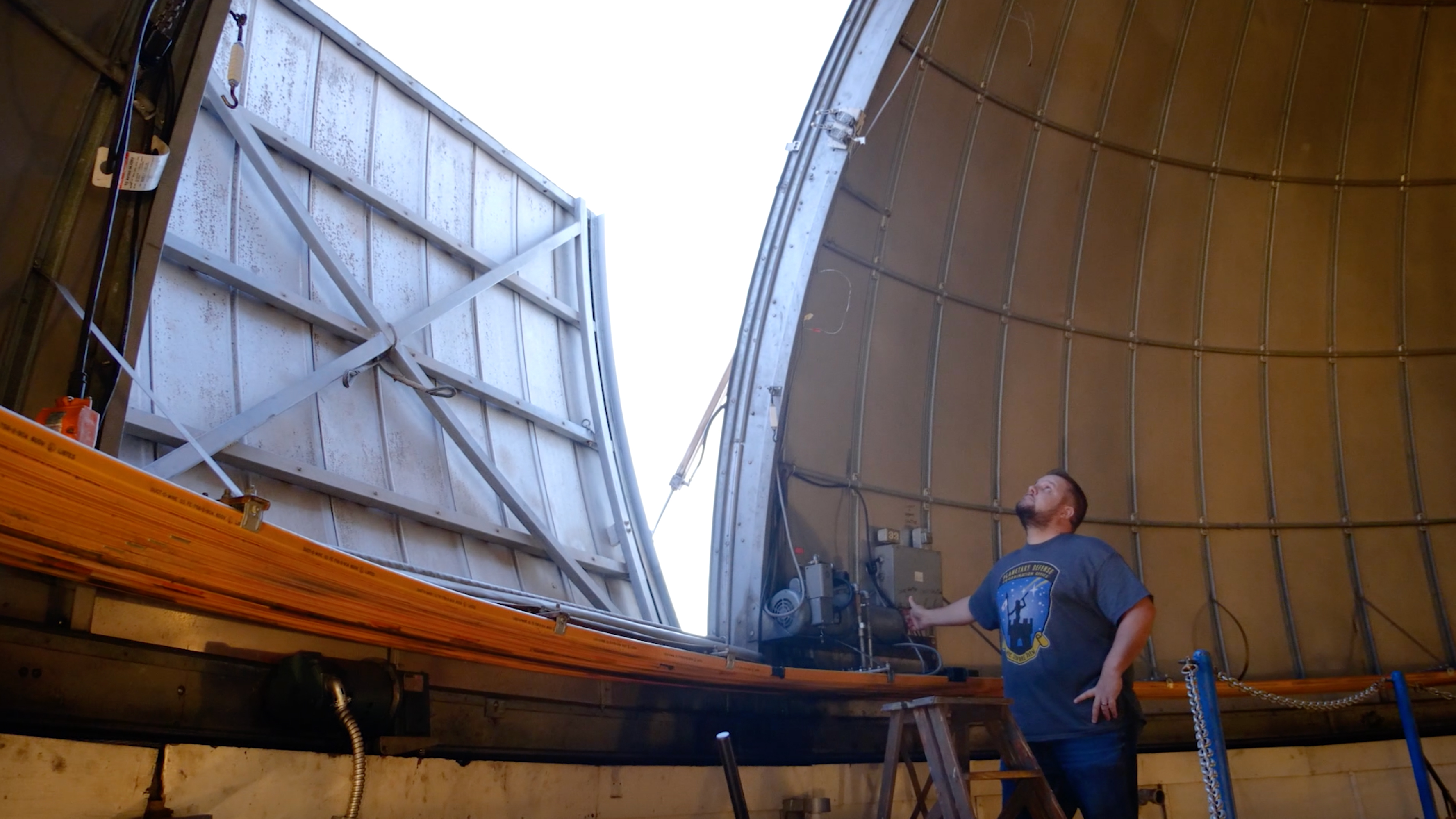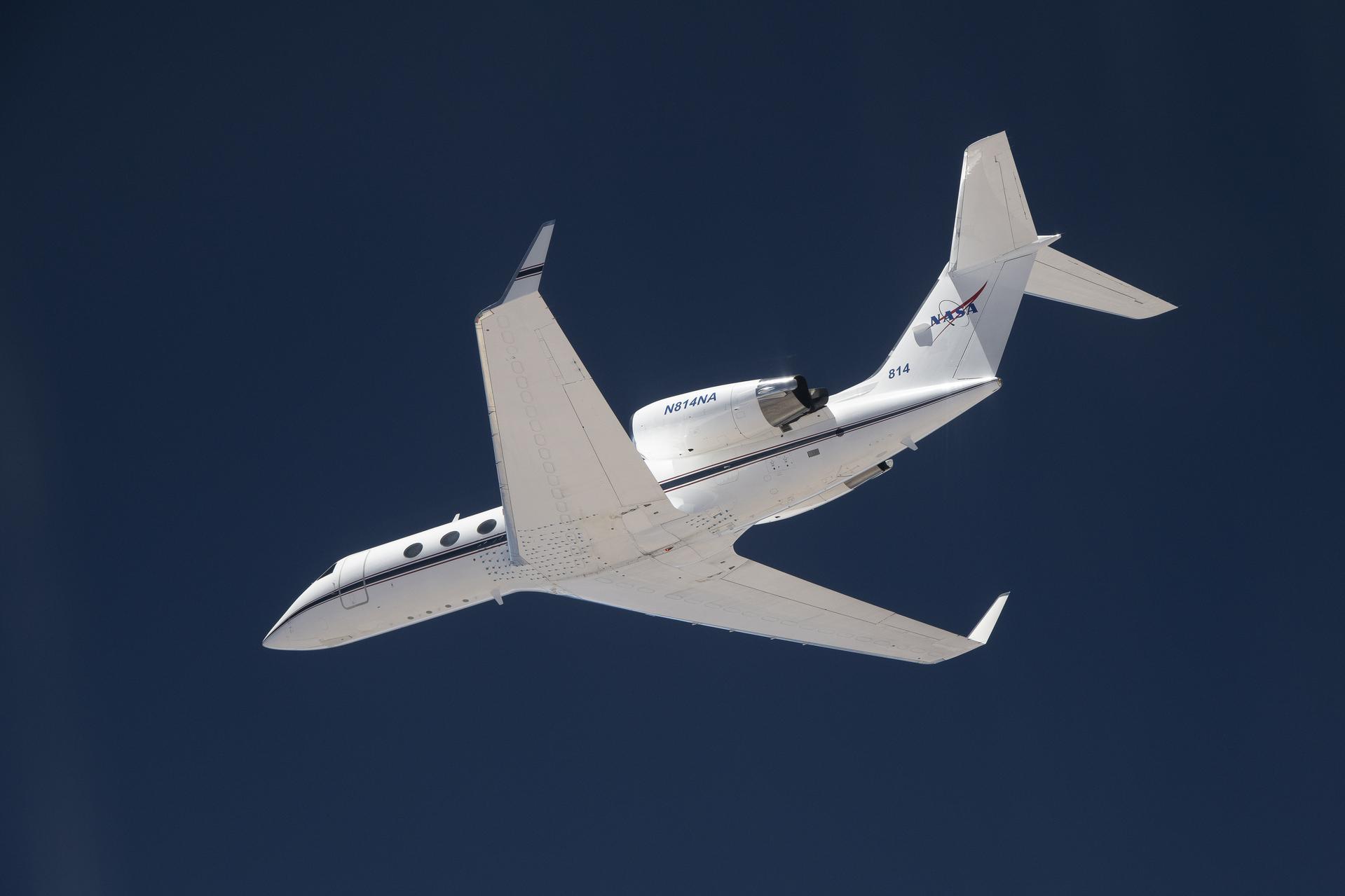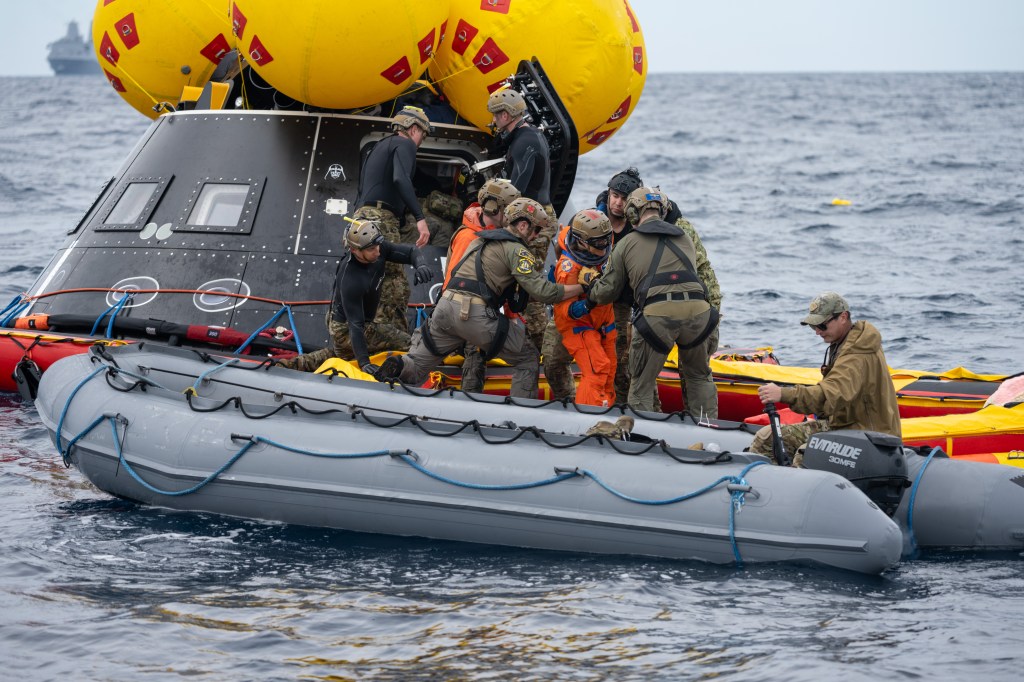The United States was ready to send its second team of astronauts, Commander Charles “Pete” Conrad, Command Module Pilot (CMP) Richard F. Gordon, and Lunar Module Pilot (LMP) Alan L. Bean, on a Moon landing mission. The months of training since they were assigned as the Apollo 12 crew in April 1969 were behind them, and now launch day had arrived. The goal of the first mission was to prove that a human landing on the Moon could be accomplished. Apollo 12 was more ambitious, aiming for a pinpoint landing in the Ocean of Storms and completing two Extravehicular Activities (EVAs) or spacewalks on the lunar surface during a longer stay of 31.5 hours. An added bonus of the pinpoint landing involved a visit to Surveyor 3, a robotic spacecraft that had been on the Moon since April 1967. Scientists and engineers eagerly awaited the astronauts returning pieces of the spacecraft to better understand the effects of the extended stay under lunar conditions.
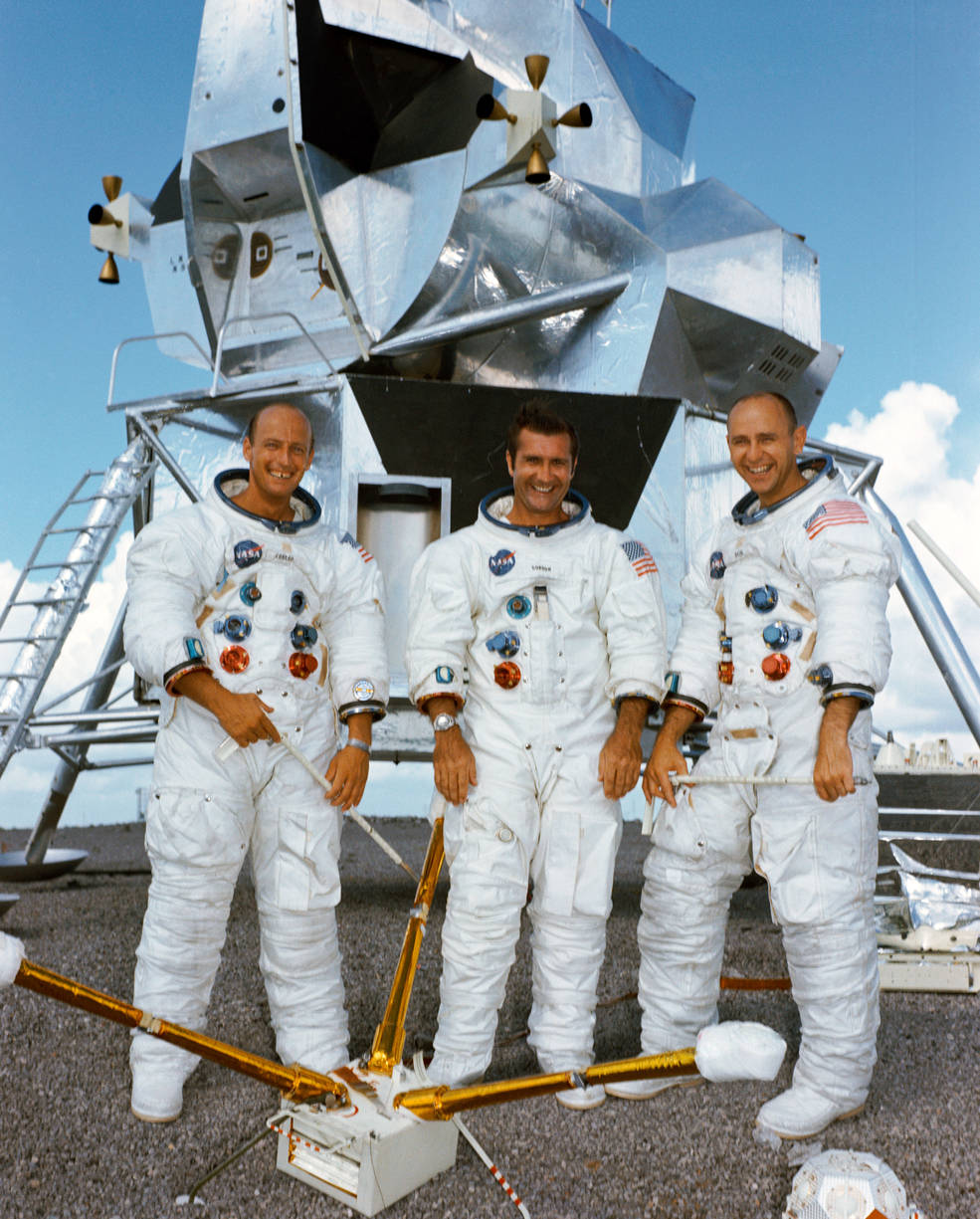
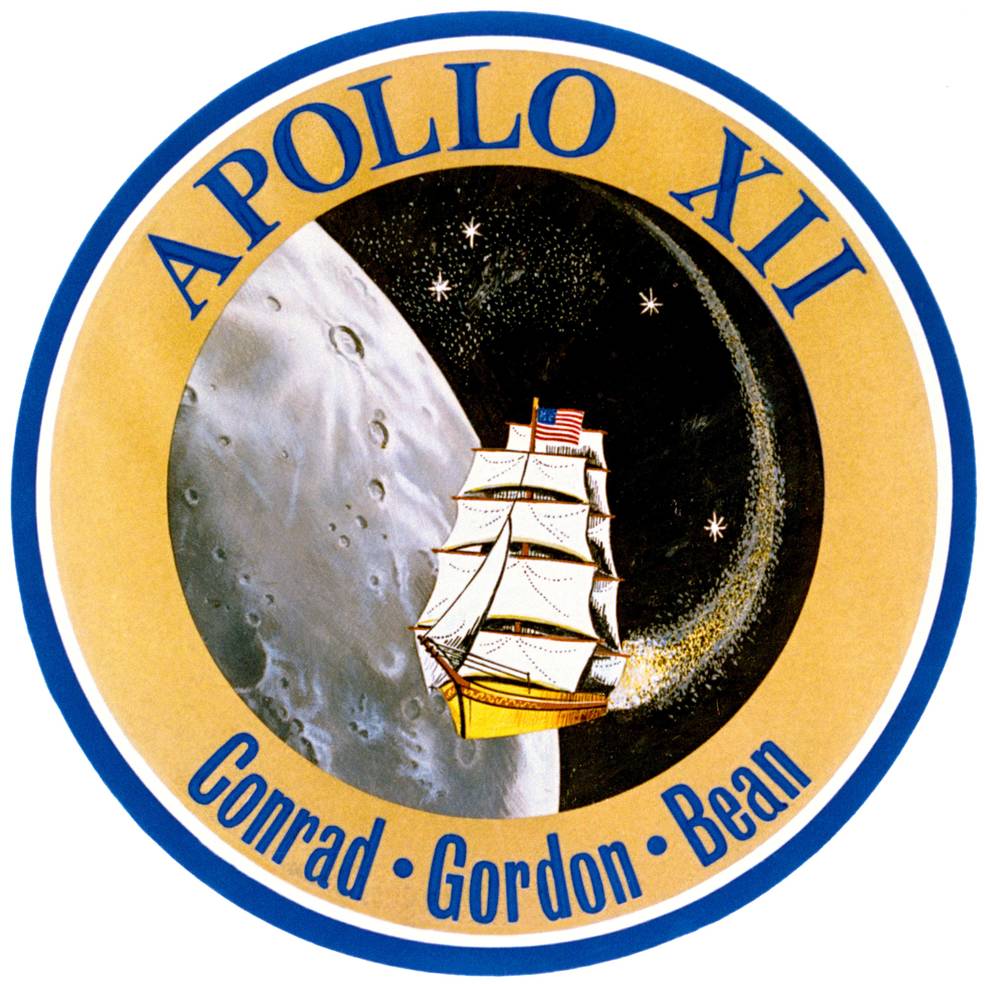
Left: Apollo 12 crew of (left to right) Conrad, Gordon, and Bean. Right: The Apollo 12 crew patch.
The countdown for the second Moon landing mission continued smoothly until technicians began loading liquid hydrogen into the Apollo spacecraft’s Service Module (SM) fuel cell reactant tank. The tank’s insulation was damaged and wouldn’t hold the required supercold temperatures. Managers decided to hold the countdown while the tank was replaced with the one from the Apollo 13 SM. The repair completed, the countdown continued without further issues. Both President Richard M. Nixon, accompanied by First Lady Pat Nixon, NASA Administrator Thomas O. Paine, and astronaut Frank Borman, as well as Vice President Spiro T. Agnew, accompanied by Apollo 8 astronauts James A. Lovell and William A. Anders (since August 1969, the Executive Secretary of the National Space Council chaired by Agnew), attended the Apollo 12 launch – Nixon’s presence marking the first time a sitting President attended a human spaceflight launch.
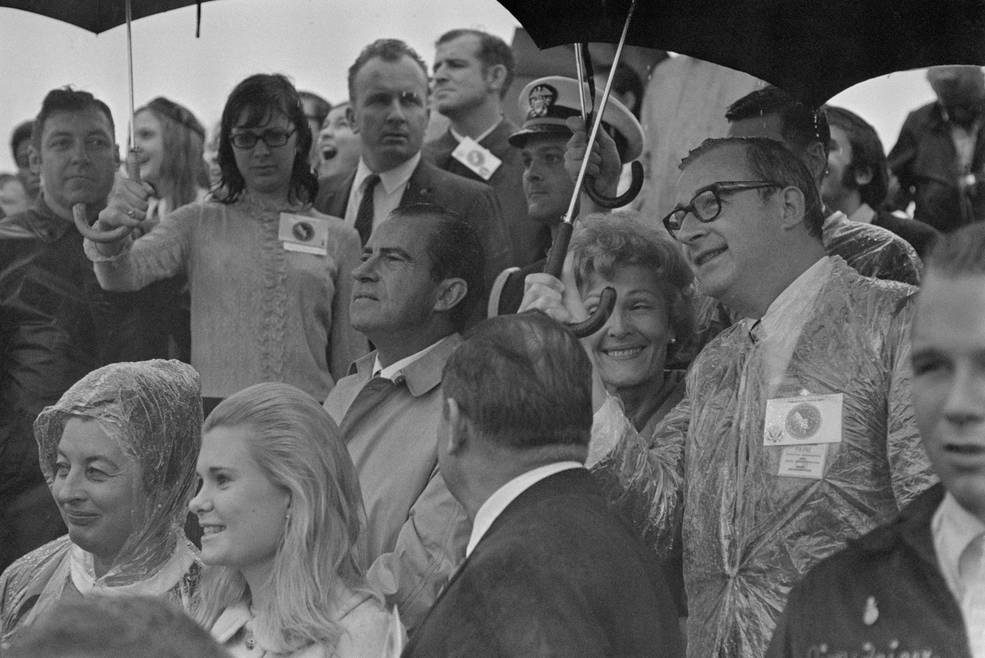
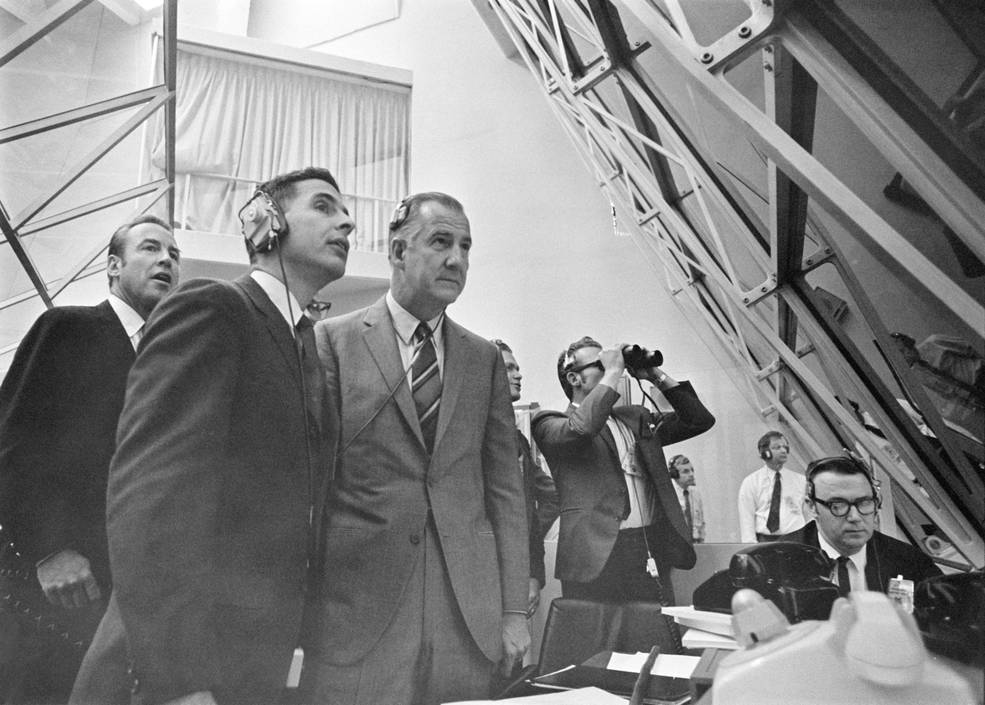
Left: President Nixon (left of center), with the First Lady and NASA Administrator Paine (holding umbrella) watch the Apollo 12 launch. Right: Vice President Agnew (center) watches the launch from Firing Room 2, accompanied by astronauts Lovell (left) and Anders.
The astronauts’ day began with a 6 AM wake-up call from Chief of the Astronaut Office Thomas P. Stafford. They enjoyed the traditional prelaunch breakfast with Stafford, Apollo Spacecraft Program Manager James A. McDivitt, backup LMP James B. Irwin, and Charles J. “Chuck” Tringali, the leader of the crew support team, as well as an unofficial crew mascot named “Irving,” a stuffed gorilla dressed in a smock and hard hat. After donning their spacesuits, the crewmembers rode the Astrovan to Launch Pad 39A. Workers in the White Room assisted them into their seats in the Command Module (CM) Yankee Clipper, Conrad into the left hand couch, Bean into the right, and finally Gordon into the middle. After the pad workers closed the hatch to the capsule, the astronauts settled in for the final two trouble-free hours of the countdown.
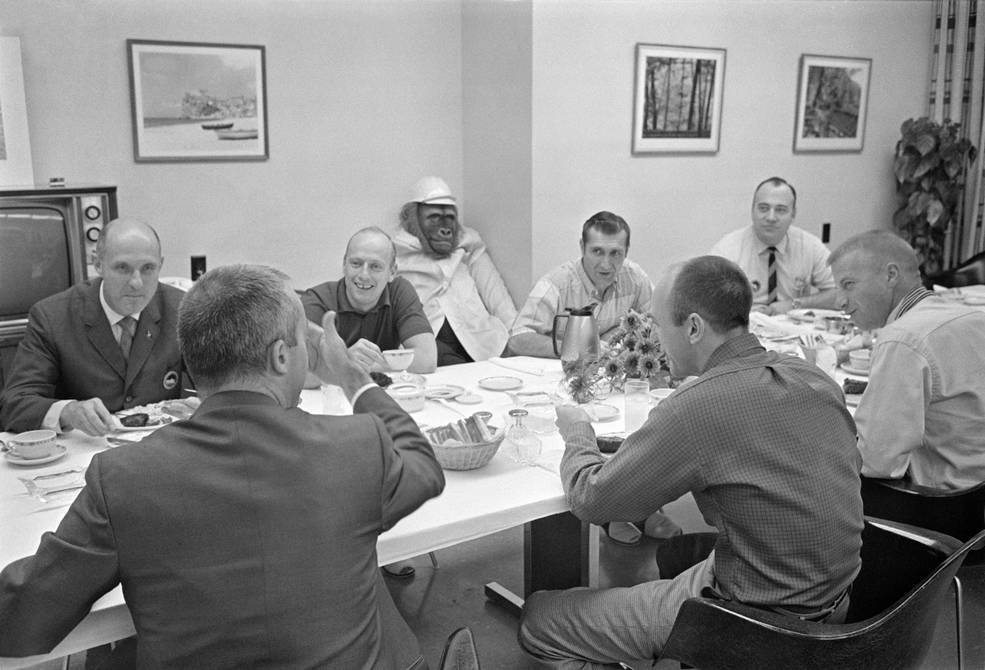
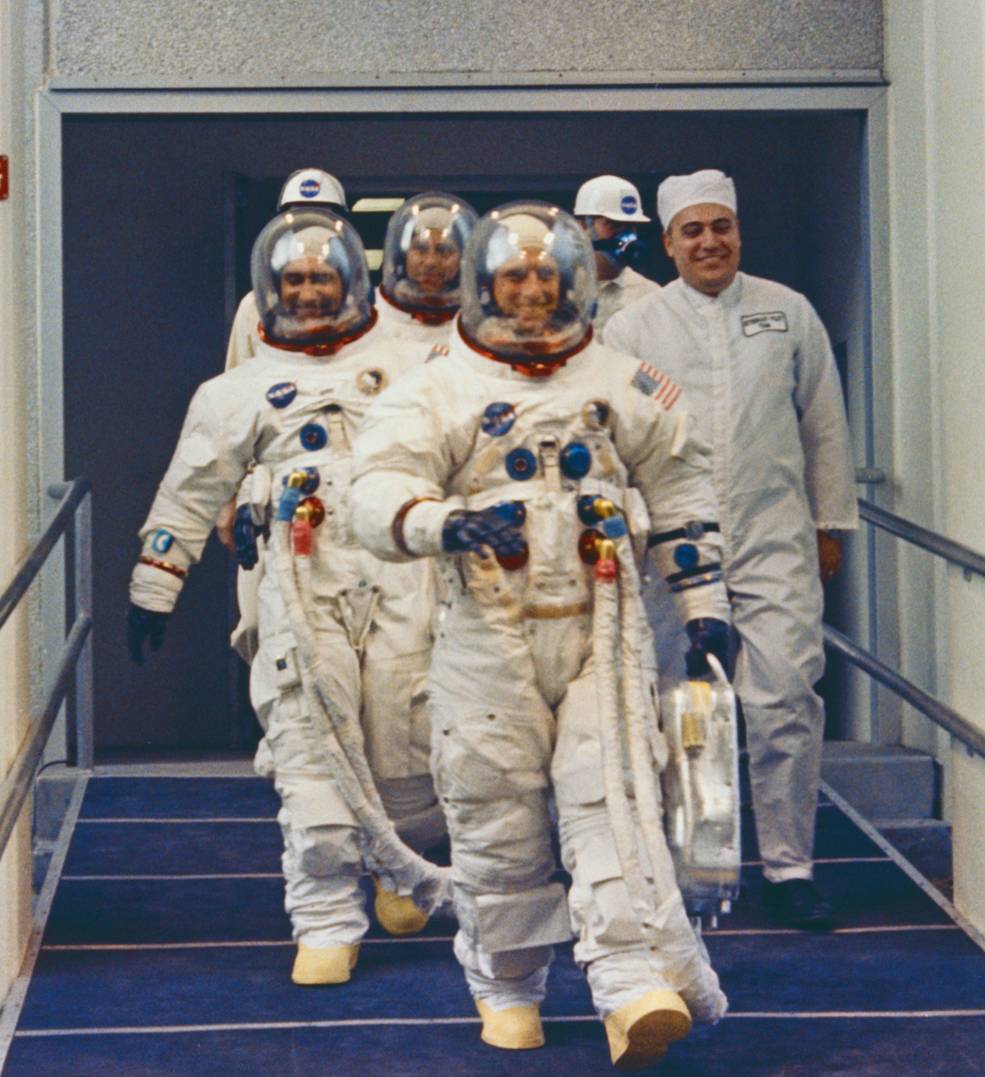
Left: Prelaunch breakfast in crew quarters (left to right, facing the camera) Stafford, Conrad, Gordon, and Tringali; (left to right, backs to the camera) McDivitt, Bean, and Weitz; Irwin is out of the picture to the right; behind Conrad is “Irving,” the crew mascot. Right: Apollo 12 astronauts (front to back) Conrad, Gordon, and Bean leaving crew quarters to board the Astrovan for the ride to Launch Pad 39A.
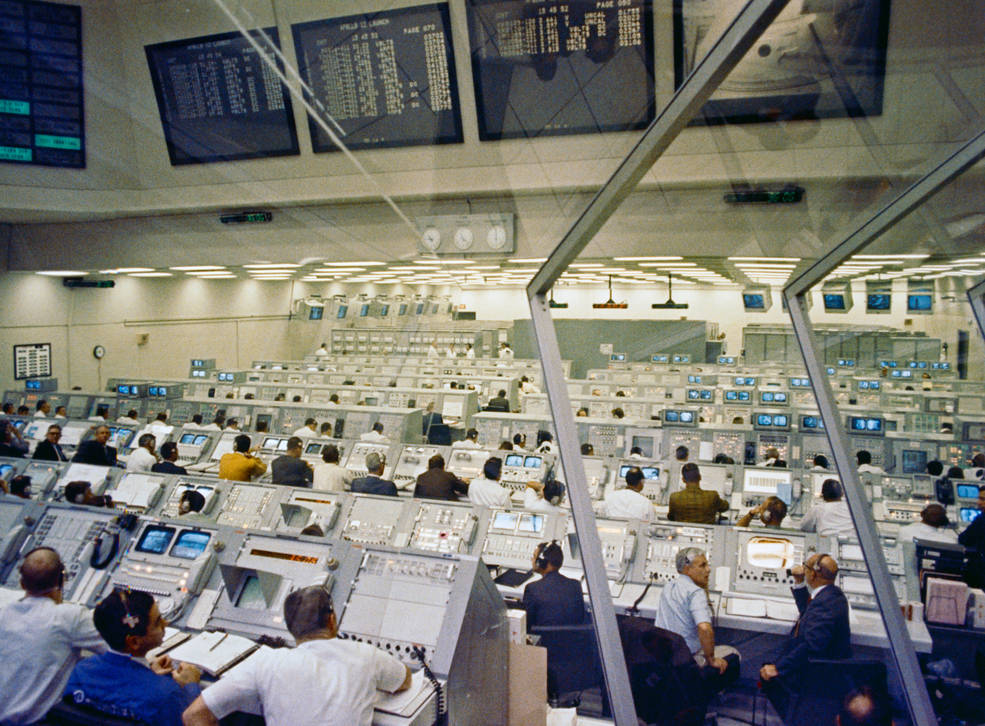
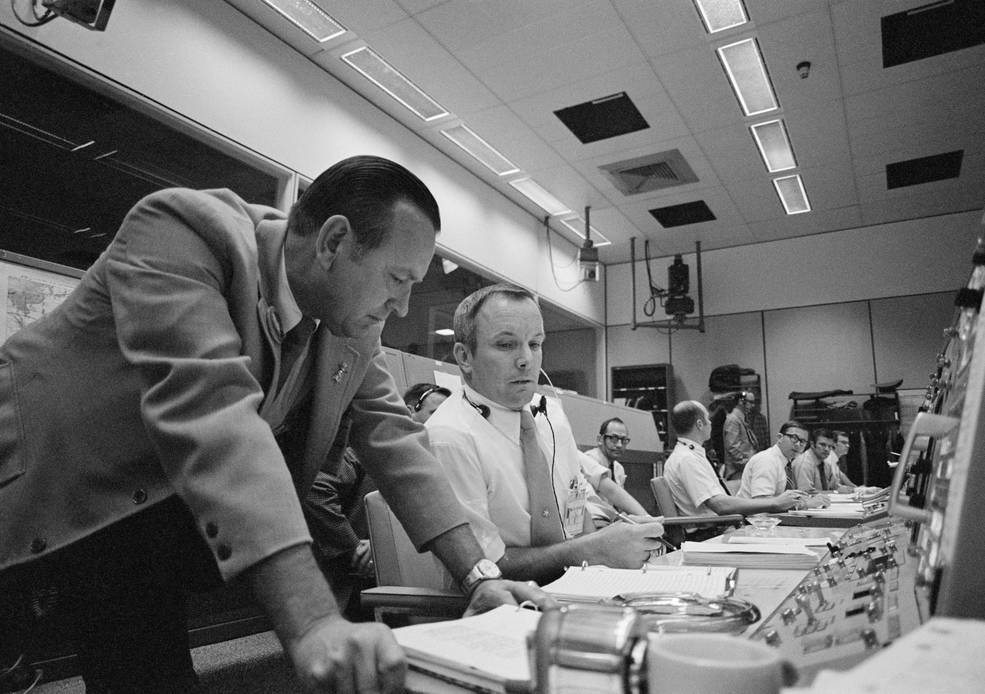
Left: Engineers in KSC’s Firing Room 2 during the final phases of the Apollo 12 countdown. Right: Flight Director Griffin (seated) with Director of Flight Operations Christopher C. Kraft in MCC during the Apollo 12 launch.
Lift off came precisely at 11:22 AM EST on Nov. 14, 1969, with the Saturn V launching Apollo 12 into the dark and rainy morning sky. Engineers in KSC’s Firing Room 2 who had managed the countdown handed over control of the flight to the Mission Control Center (MCC) at the Manned Spacecraft Center (MSC), now the Johnson Space Center in Houston, as soon as the rocket cleared the launch tower. In MCC, the Gold Team led by Flight Director Gerald D. “Gerry” Griffin took over control of the mission. The Capcom, or capsule communicator, the astronaut in MCC who spoke directly with the crew, during launch was Gerald P. “Jerry” Carr. Apollo 11 astronauts Neil A. Armstrong and Edwin E. “Buzz” Aldrin watched the launch from the MCC Visitors Gallery. The flight proceeded normally for the first 36 seconds, with Conrad even commenting that, “It’s a lovely liftoff. It’s not bad at all,” when everything went haywire. With Apollo 12 at about 6,600 feet altitude and flying through clouds, observers on the ground noted lightning striking the launch pad. Onboard the spacecraft, Conrad saw a bright flash, followed by many of the spacecraft’s electronics going offline, causing the three power-generating fuel cells to go offline. Fortunately, the Saturn V rocket that was guiding the launch was unaffected and continued to operate normally. In Mission Control, data on controllers’ displays turned to gibberish.
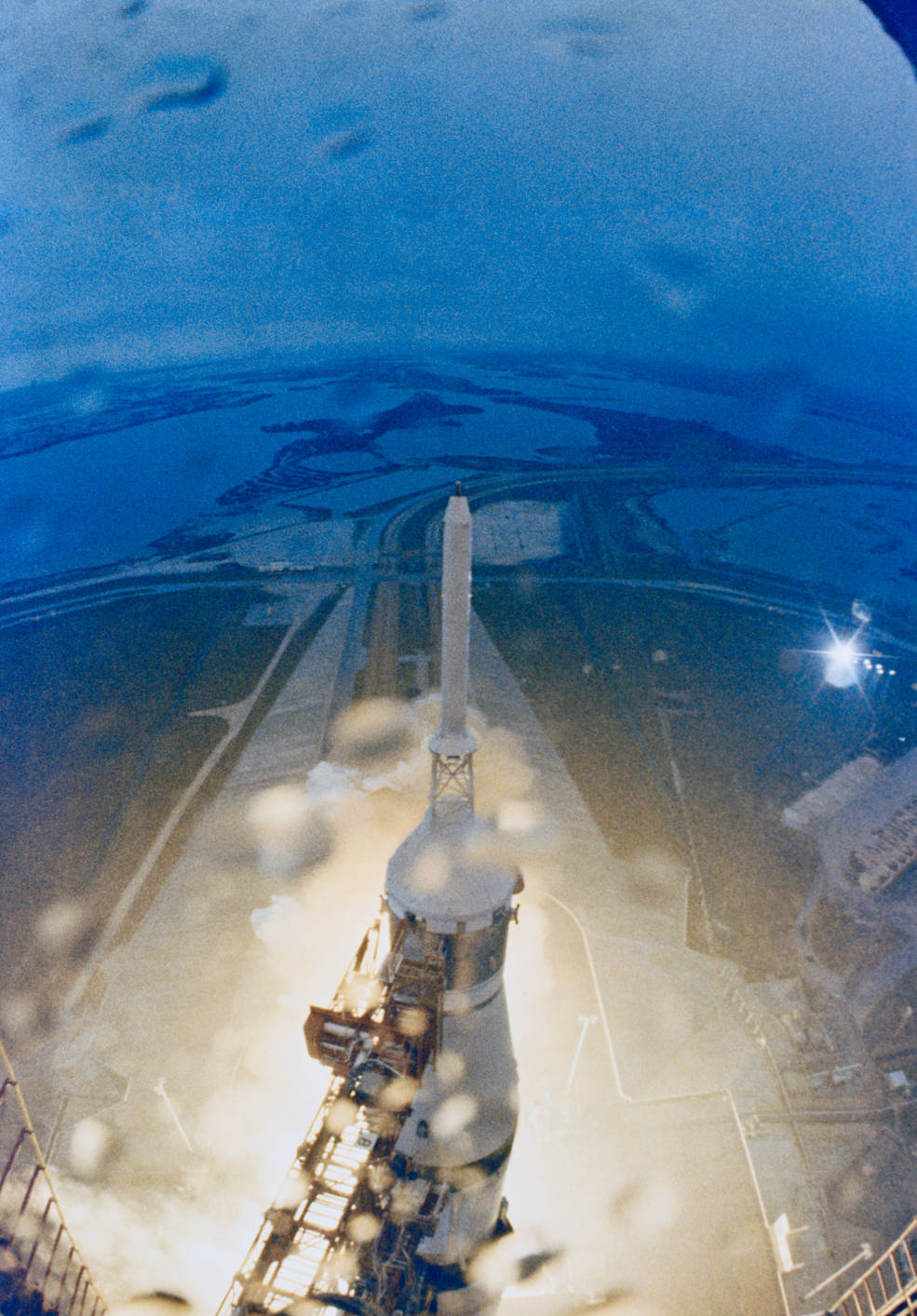
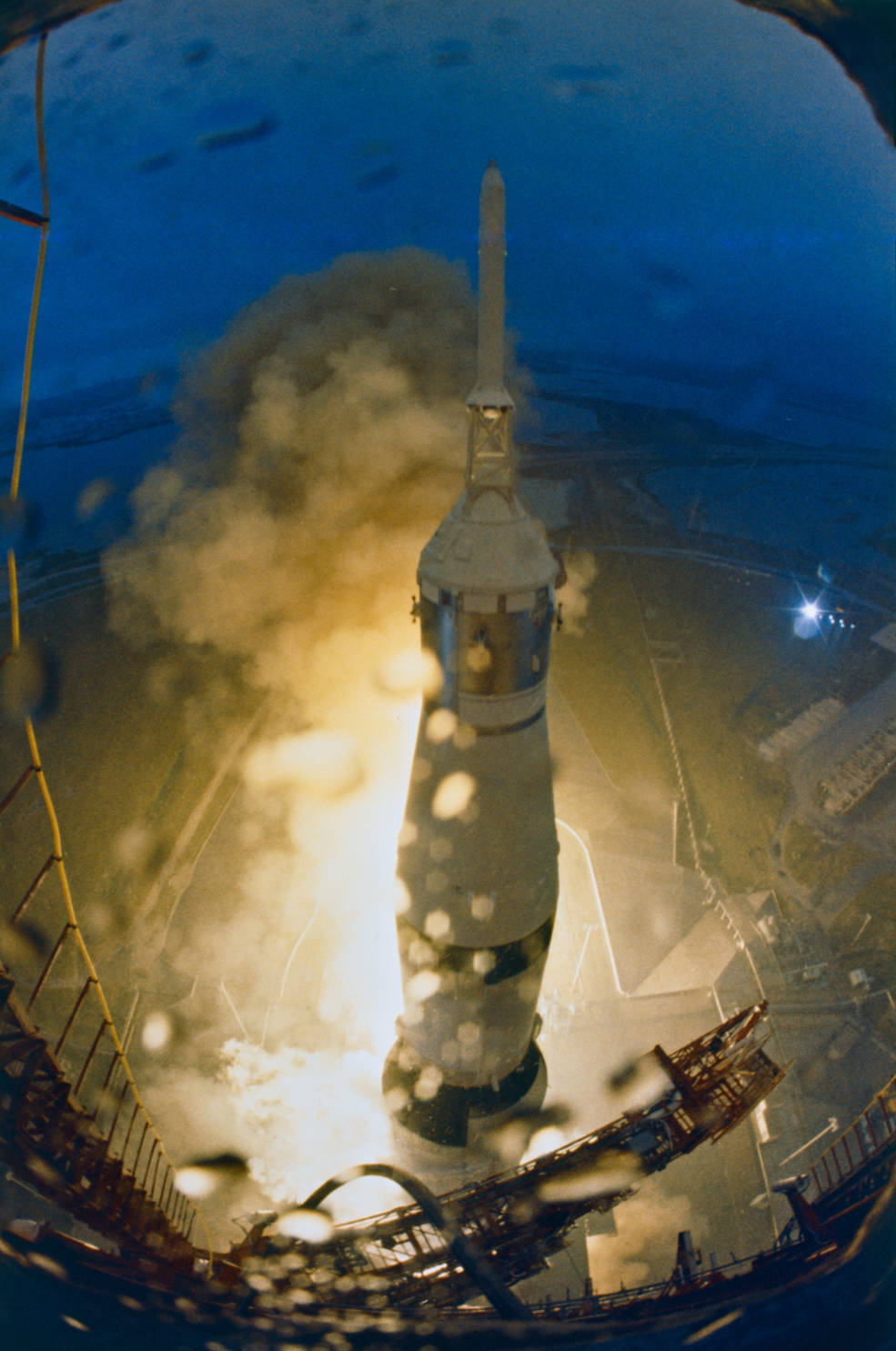
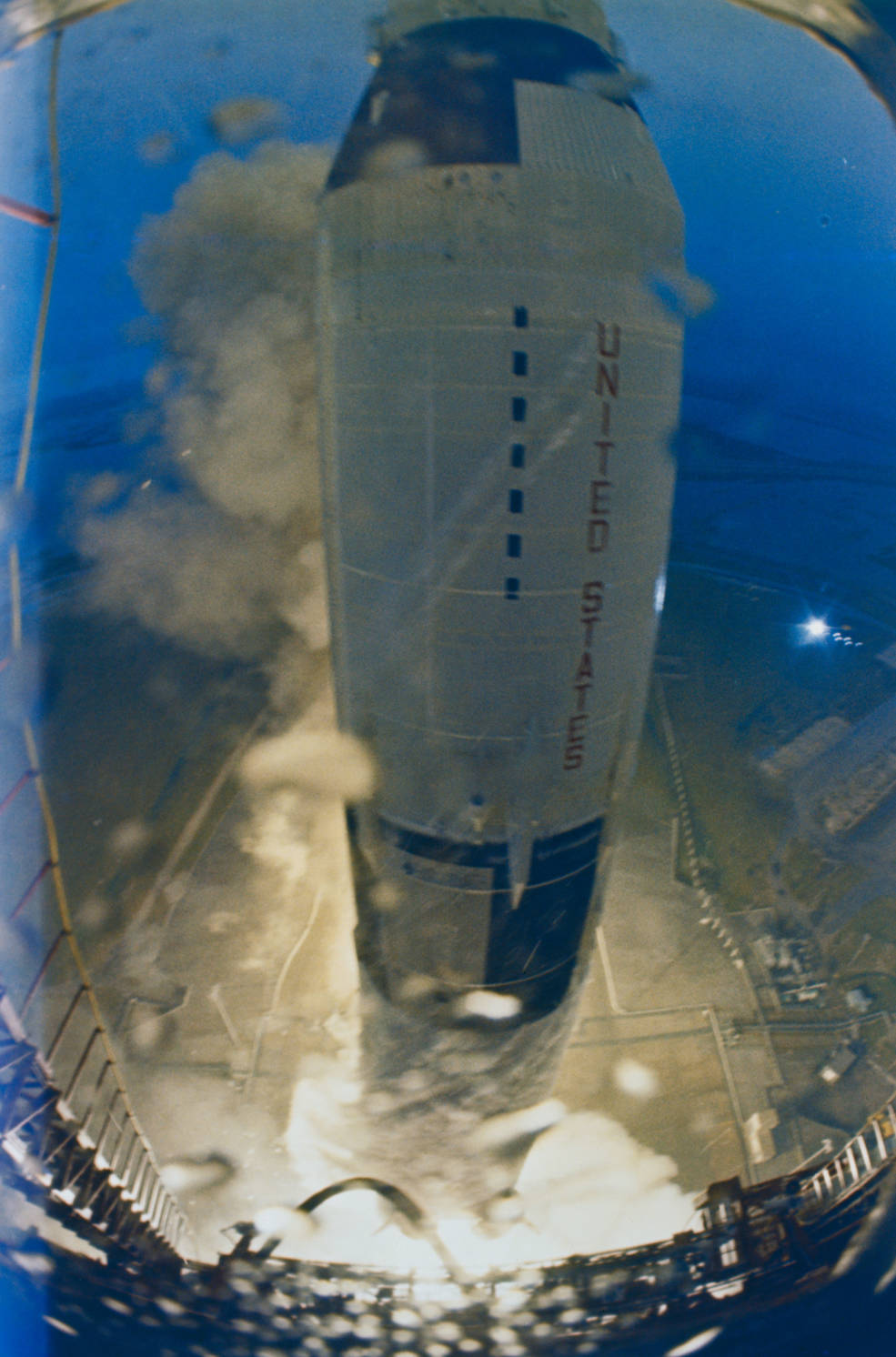
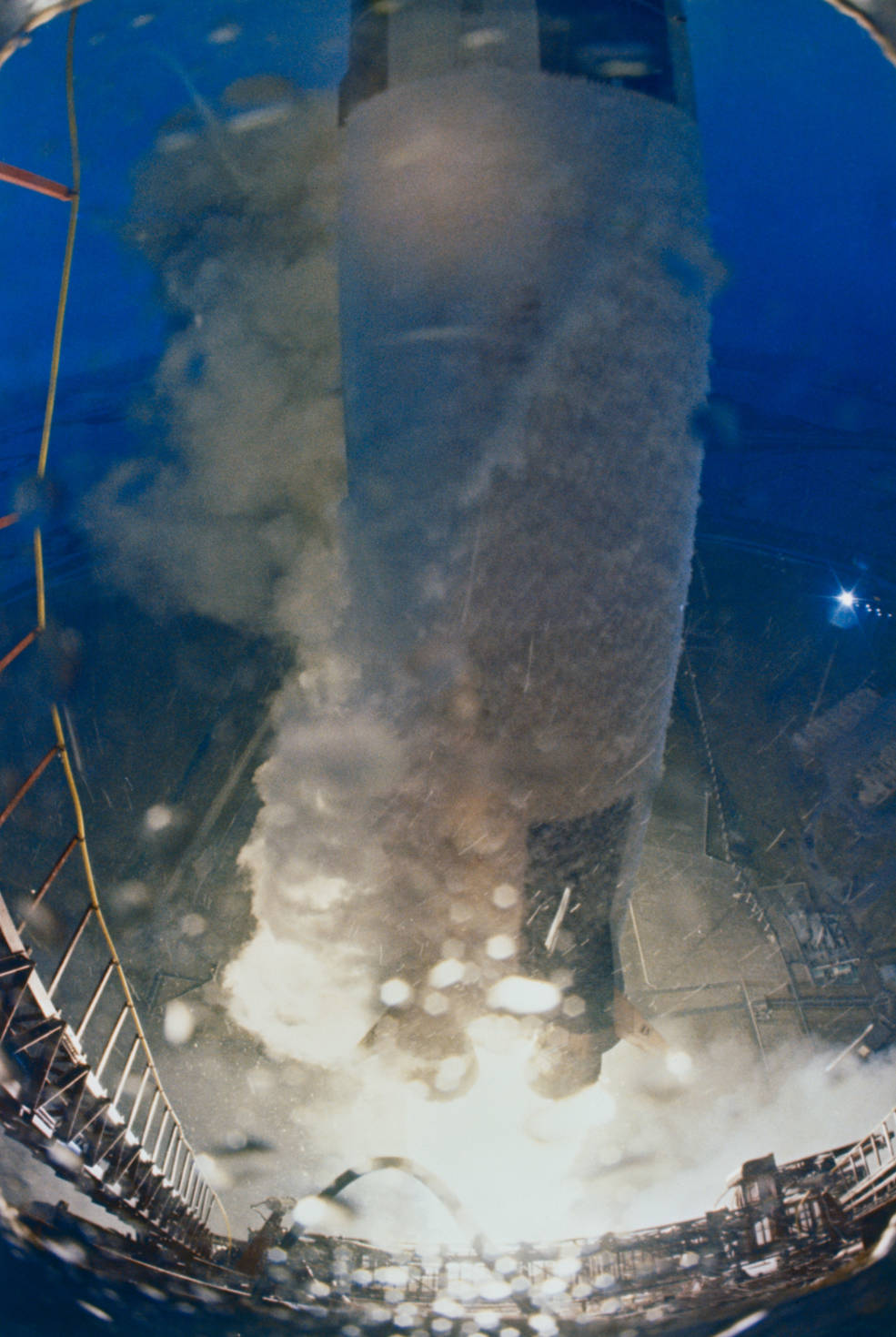
Liftoff of Apollo 12 as seen from the Launch Umbilical Tower. Note the raindrops on the camera lens.
A second event 52 seconds into the flight caused the spacecraft guidance navigation system to go offline. Flight Director Griffin turned to the Electrical, Environmental, and Communications (EECOM) console, staffed by a young engineer named John W. Aaron, for answers and solutions. Aaron monitored the spacecraft’s systems through the two incidents, especially when his data display went from normal to garbled, and remembering a test a year earlier during which he saw similar signals, he correctly deduced that the spacecraft’s Signal Conditioning Equipment (SCE) must have suffered some unknown upset and went offline. The simple solution to restoring it to normal function involved moving a seldom-used switch from its Normal to its Auxiliary position. He informed Griffin, who instructed Carr to make the call up to the crew. Bean recalled that the switch was located on his panel and carried out the requested action. Several seconds later, Aaron reported seeing good data on his screen. His quick action saved the launch from the results of what turned out to be lightning striking the rocket twice. Once Conrad understood the cause of the excitement, he radioed to Houston, “I think we need to do a little more all-weather testing.” Relive the excitement of the launch and the lightning strikes here.
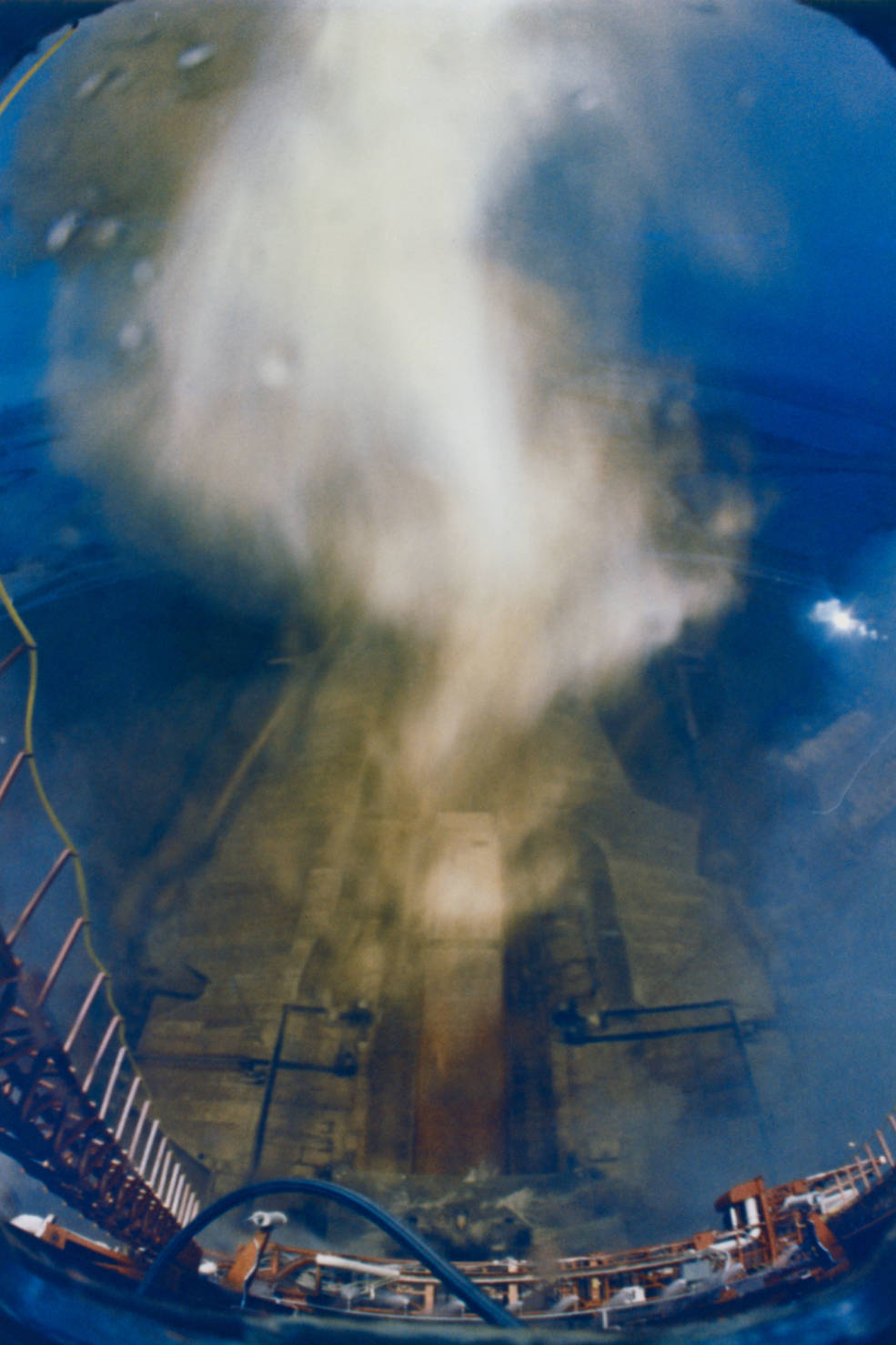
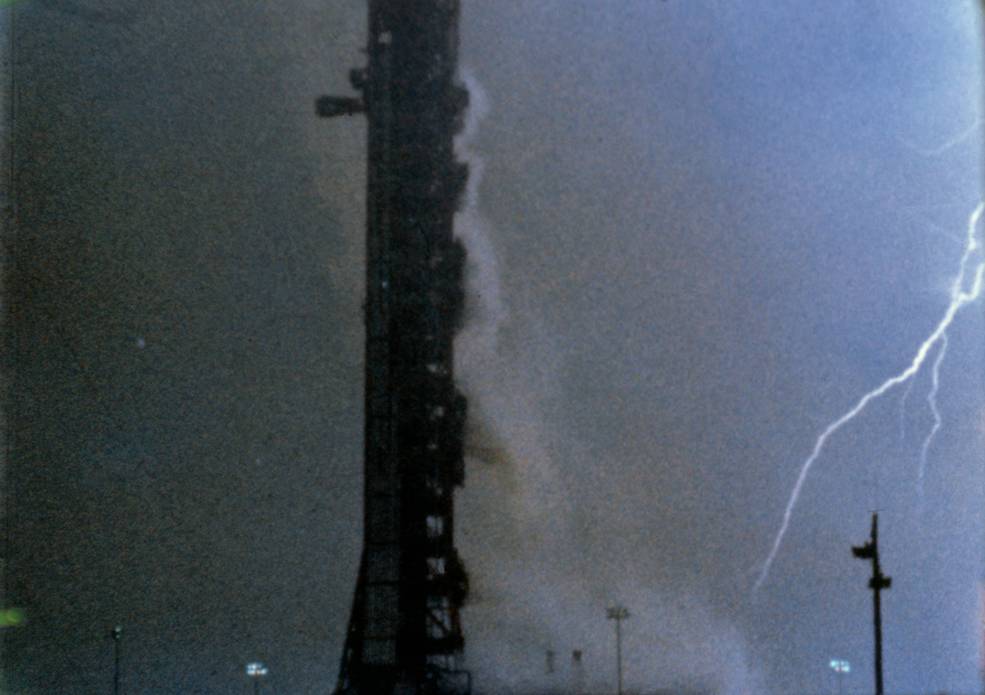
Left: Last vestiges of the Saturn V’s exhaust plume on Launch Pad 39A. Right: Lightning striking Launch Pad 39A shortly after the launch of Apollo 12.
The rest of the ascent continued without incident and 11 and a half minutes after liftoff, Apollo 12 was in a near-circular 118-by-115-mile orbit around the Earth. For the next two and a half hours, as the Apollo spacecraft still attached to its S-IVB third stage orbited the Earth, the astronauts and MCC verified that all systems were functioning properly following the lightning strikes. Carr then called up to the crew, “The good word is you’re Go for TLI,” the Trans Lunar Injection, the second burn of the third stage engine to send them on their way to the Moon. In his characteristic fashion, Conrad replied, “Hoop-ee-doo! We’re ready! We didn’t expect anything else!” The S-IVB’s single J-2 engine fired for 5 minutes and 44 seconds, increasing Apollo 12 speed to 24,145 miles per hour, fast enough to escape Earth’s gravity.
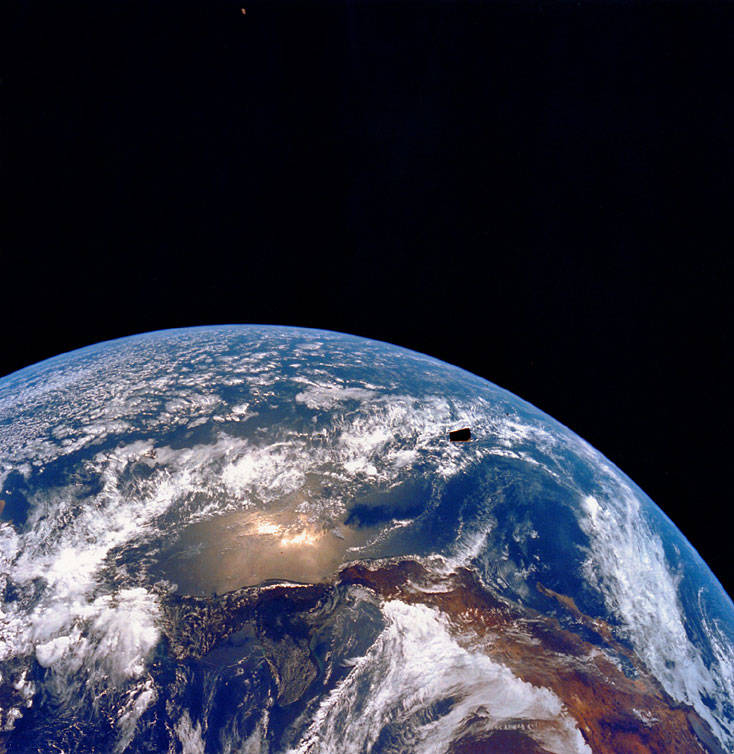
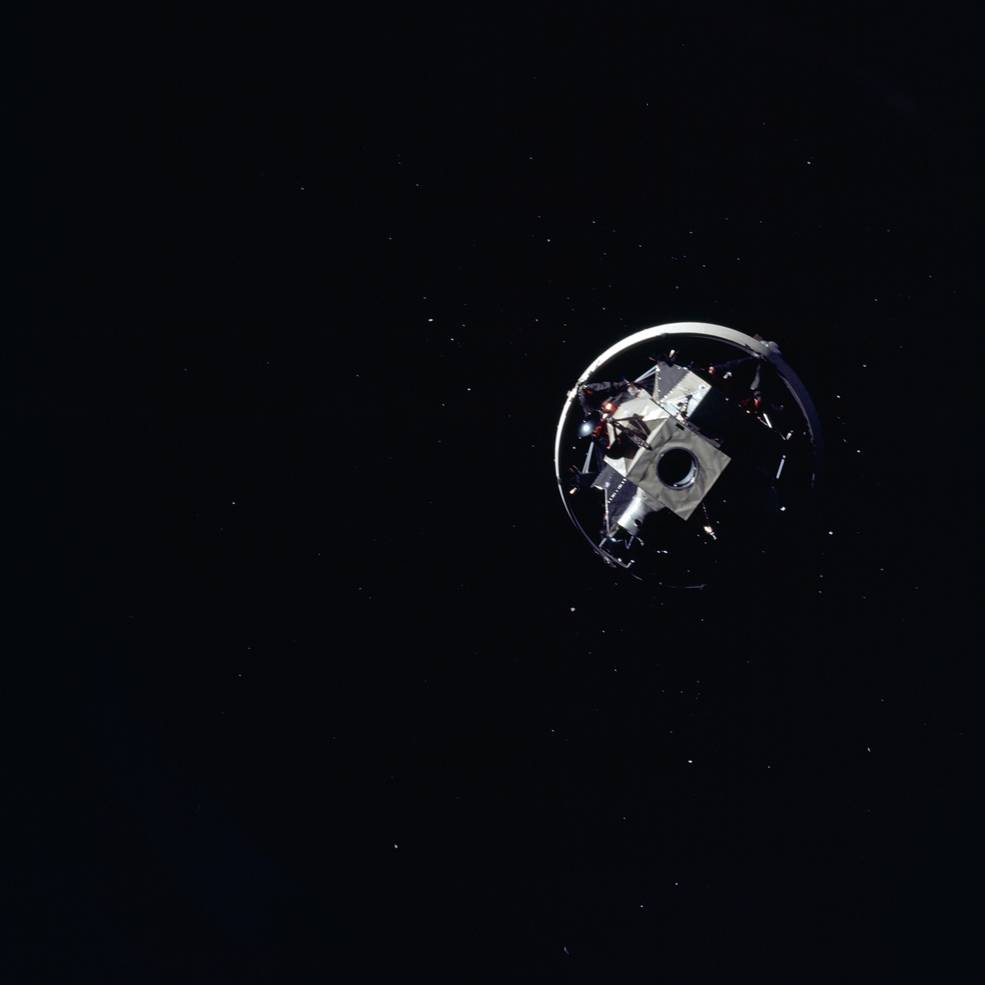
Left: One of the Spacecraft LM Adapter panels silhouetted against the Earth – Central America and the western Pacific Ocean are visible. Right: LM Intrepid still attached to the S-IVB.
The next major event, the separation of the Command and Service Module (CSM) Yankee Clipper from the S-IVB stage, took place about 25 minutes later, by which point Apollo 12 had reached an altitude of 4,300 miles. Gordon turned Yankee Clipper around and slowly guided it to a docking with the LM Intrepid still attached to the top of the S-IVB. Conrad commented during the maneuver, “I got an awful pretty looking Intrepid sitting out the window here, gang. We’ll go get her.” The astronauts turned on the color TV camera, providing a detailed view as they approached Intrepid. After the docking, the crew pressurized the LM before Gordon backed away from the third stage, extracting the LM in the process, and completing the Transposition and Docking maneuver. Apollo 12 had now reached an altitude of about 13,000 miles, and the crew described the apparent size of the Earth as that of a basketball. The S-IVB performed an evasive maneuver to ensure it wouldn’t interfere with Apollo 12 as it made its way to the Moon. A second maneuver about 20 minutes later sent the S-IVB toward the trailing edge of the Moon and into solar orbit.
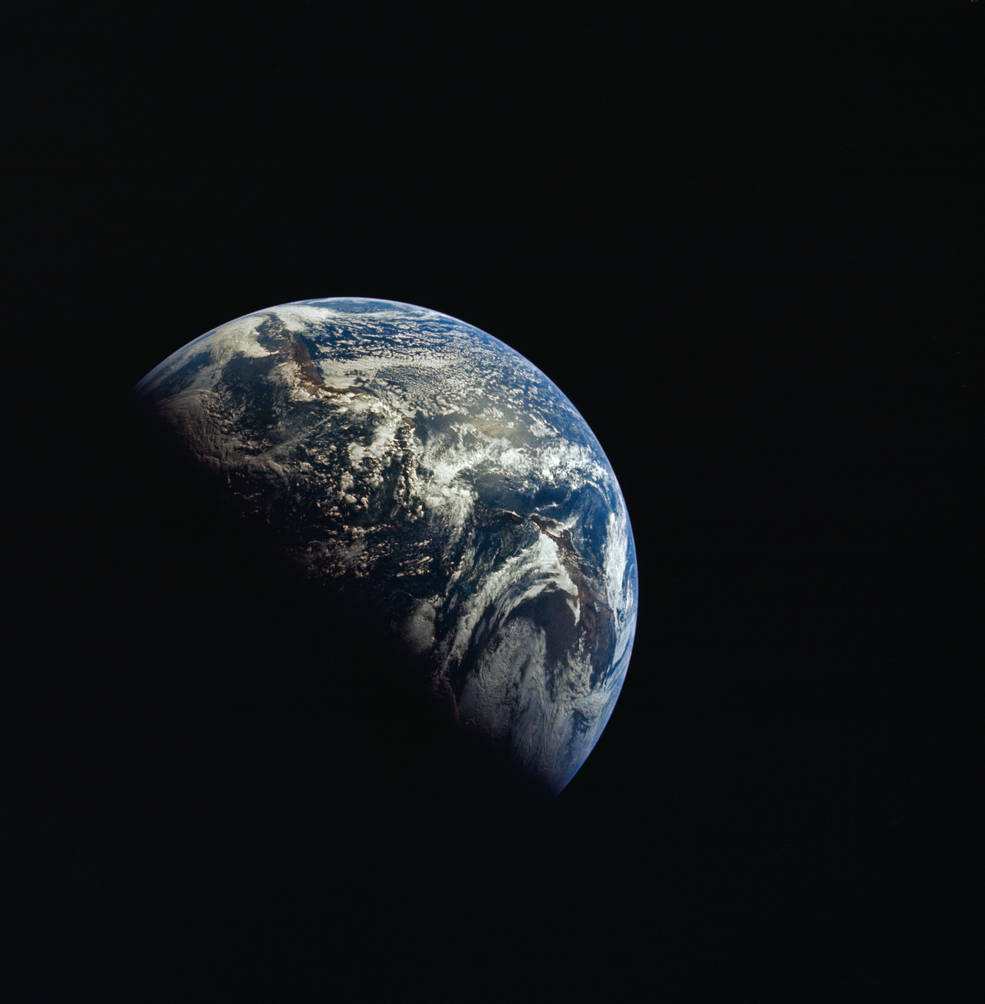
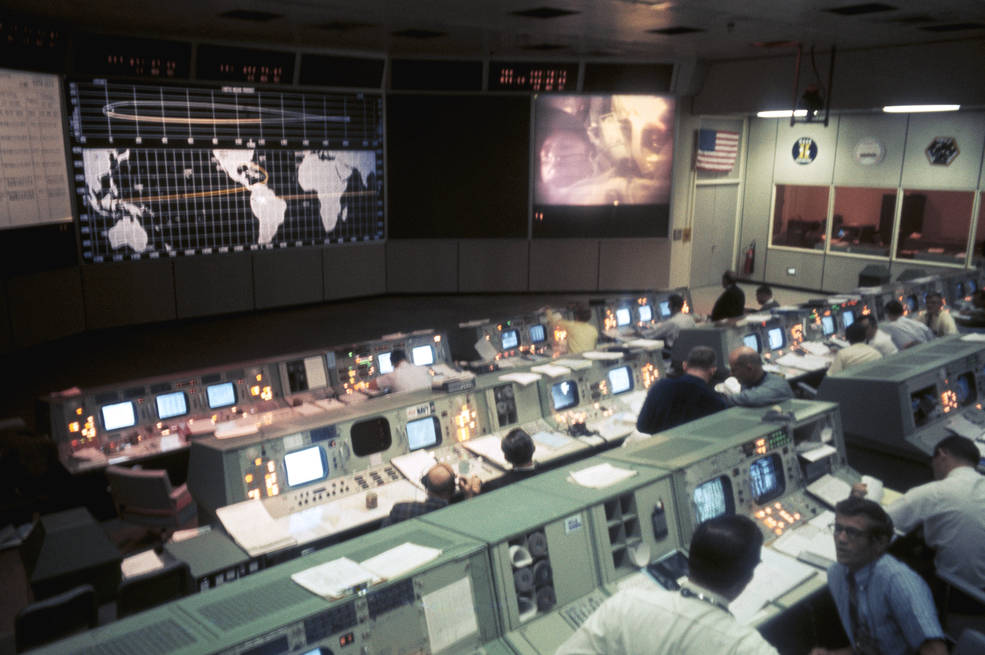
Left: View of the receding Earth shortly after the Transposition and Docking maneuver. Right: View of MCC during one of the TV broadcasts of the translunar coast.
The astronauts settled down for their first meal since launch, ham sandwiches, and finally removed their suits while in Mission Control Flight Director M.P. “Pete” Frank’s Orange Team took over the consoles, with astronaut Edward G. Gibson the new Capcom. Because of the accuracy of the S-IVB’s TLI burn, controllers decided to cancel the first mid-course correction (MCC-1) maneuver. Conrad and Bean opened the hatches to the LM to conduct their first inspection and found Intrepid to be very tidy. By the time they finished the LM inspection, they described the Earth as the size of a volleyball. Gordon put the stack in PTC mode. Before turning in for their first night’s sleep in space, Conrad requested that the ground play back for them the tape of their conversations during the launch. Flight Director Clifford E. “Cliff” Charlesworth and his Green Team of controllers took over, with Don Lind as the new Capcom. By the time they went to sleep, they had traveled out to more than 90,000 miles.
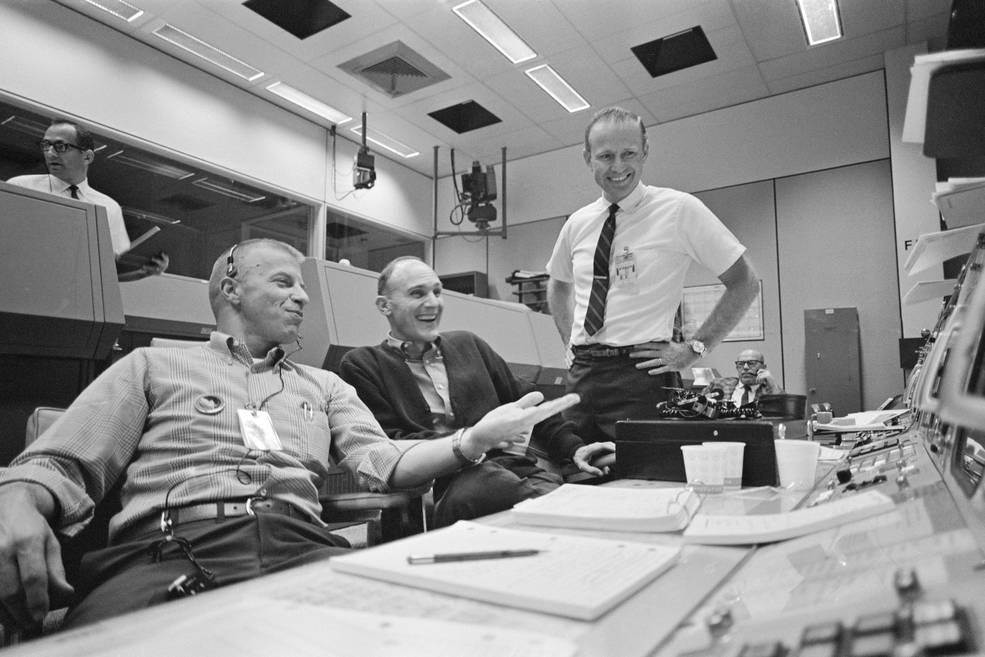
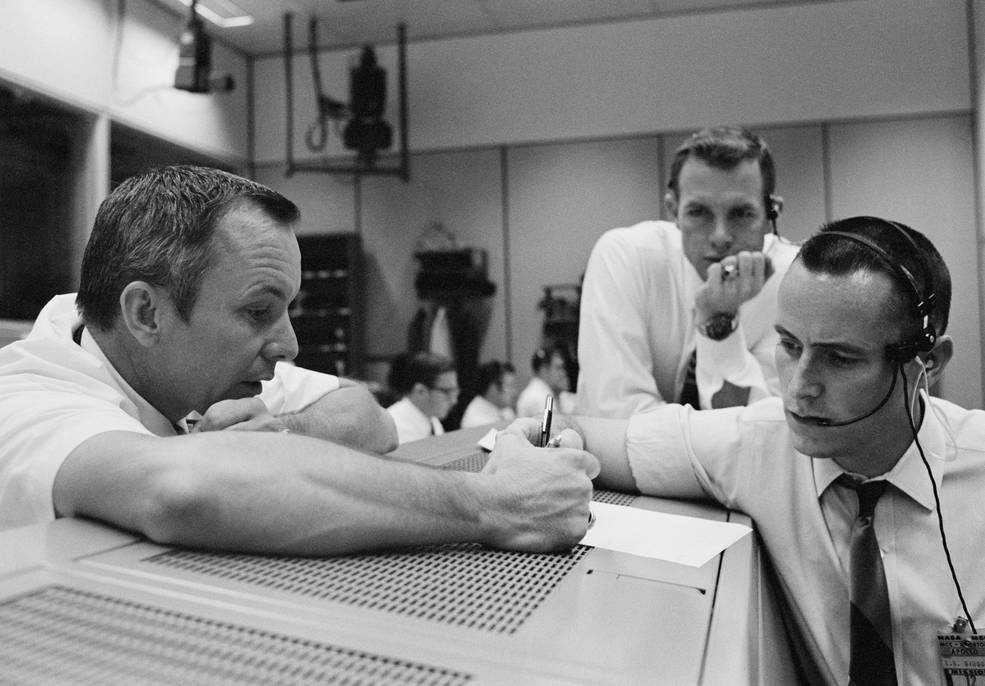
Left: Capcom Weitz (left) with Apollo 13 astronaut Thomas K. Mattingly and Capcom Carr in MCC. Right: Flight Directors Griffin (left) with Apollo 12 backup Commander David R. Scott and Capcom Gibson in MCC.
While the crew slept another shift change in Mission Control brought Flight Director Griffin back to his console, this time joined by Paul J. Weitz as the new Capcom. By the time the astronauts awoke to start their first full day in space, their distance from Earth had increased to about 125,000 miles. After they finished breakfast, they passed the halfway point on their journey to the Moon, an equidistant 129,947 miles from both the Earth and the Moon. They turned on the color TV to show viewers a midcourse correction maneuver (MCC-2), an 8.8-second firing of the SM’s Service Propulsion System (SPS) engine, to reduce the low point of their approach to the Moon from 822 miles to 69 miles, the correct altitude for the Lunar Orbit Insertion (LOI) burn. The rest of the day was quiet, with the crew monitoring spacecraft systems. Conrad radioed down that the Earth now appeared about the size of a golf ball held at arm’s length. By the time they settled down for their second sleep period of the mission, they had reached a distance of more than 165,000 miles from Earth.
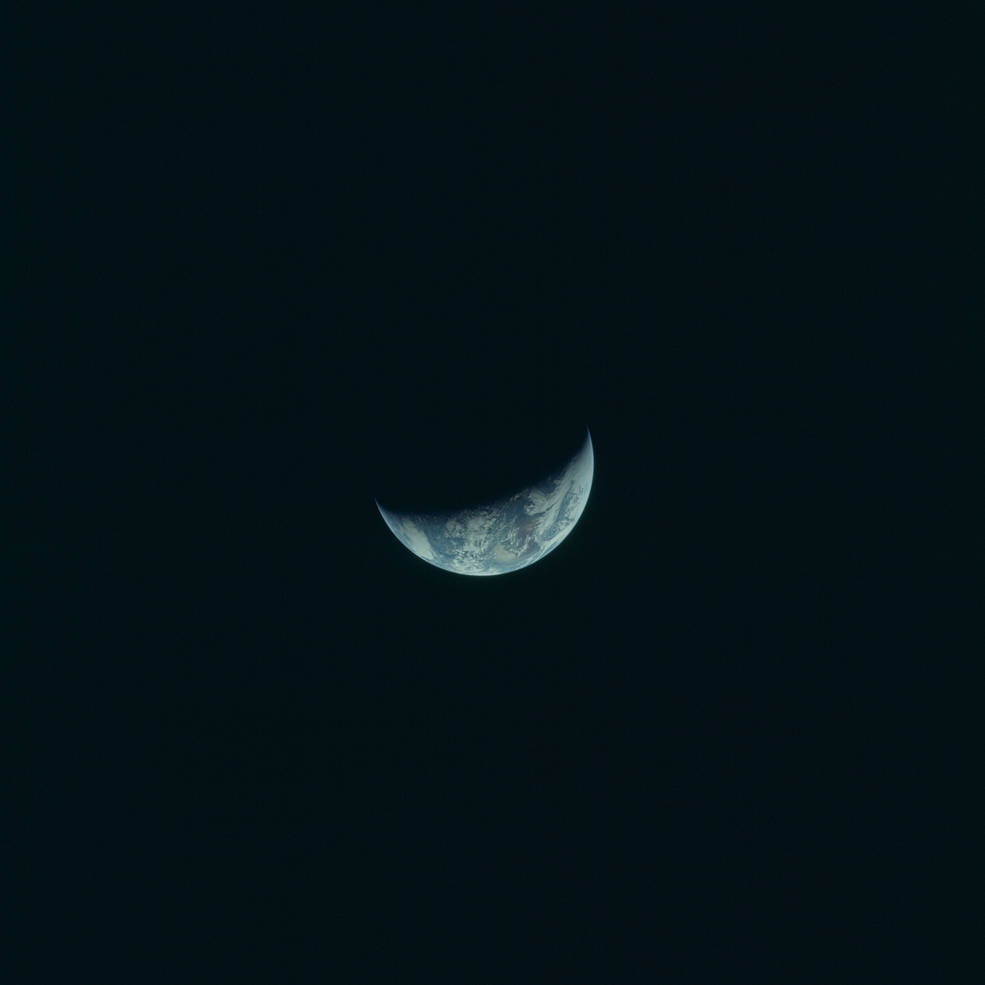
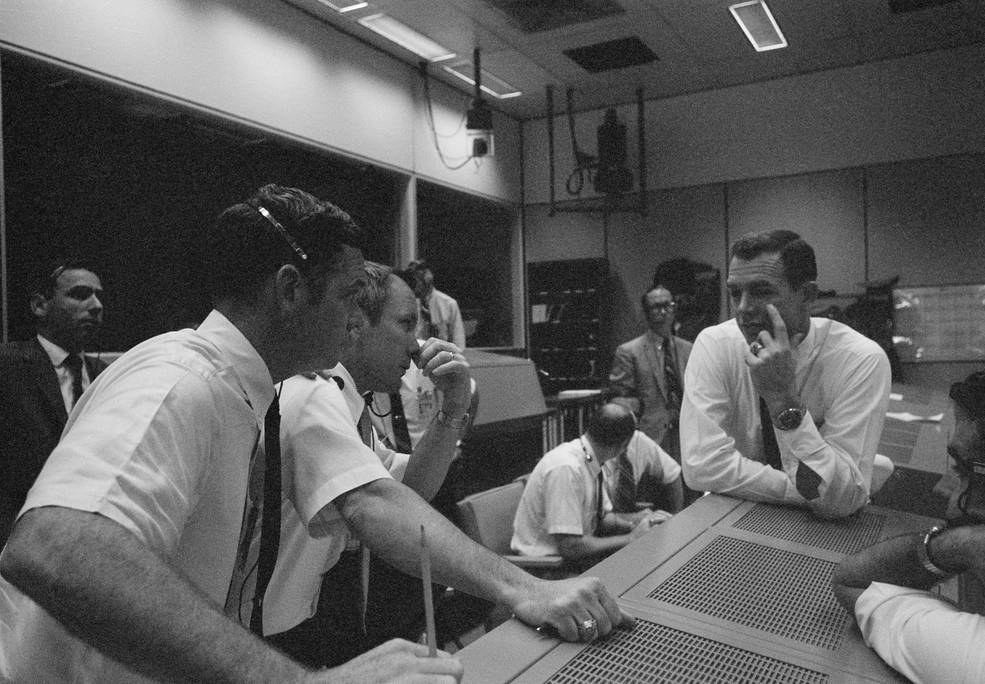
Left: The Earth continuing to shrink in apparent size during the translunar coast. Right: Flight Directors (left to right) Charlesworth (in dark jacket), Lunney, and Griffin discuss the flight’s progress with Scott.
At crew wake up for flight day 3, Apollo 12 had reached a distance of 185,000 miles from Earth and continued slowing as Earth’s gravity maintained its pull on them. The astronauts spent the morning with Capcom Weitz calling up some news and sports scores while they ate breakfast, followed by an exchange over whether a day-old can of tuna spread was still good to eat (the consensus was not). Weitz also informed the crew that since their trajectory was still so precise, Mission Control decided to cancel the third MCC maneuver. As Apollo 12 approached the Moon, the astronauts reported that as they flew out in front of it, they could see less and less of it as a greater portion of the Moon entered into darkness. The astronauts provided a live TV broadcast showing them opening the hatches to the LM Intrepid to begin a more thorough checkout of that vehicle. In the attitude that provided optimal lighting for the TV broadcast, the crew could see the Earth out the left hand window of the CM, the Sun shining through the center window, and the Moon out the right hand window. During the telecast, they provided viewers with excellent shots of the crescent Earth and Moon, now appearing about the same size. After they settled in for the night, Apollo 12 crossed into the Moon’s gravitational sphere of influence and began to accelerate toward its destination.
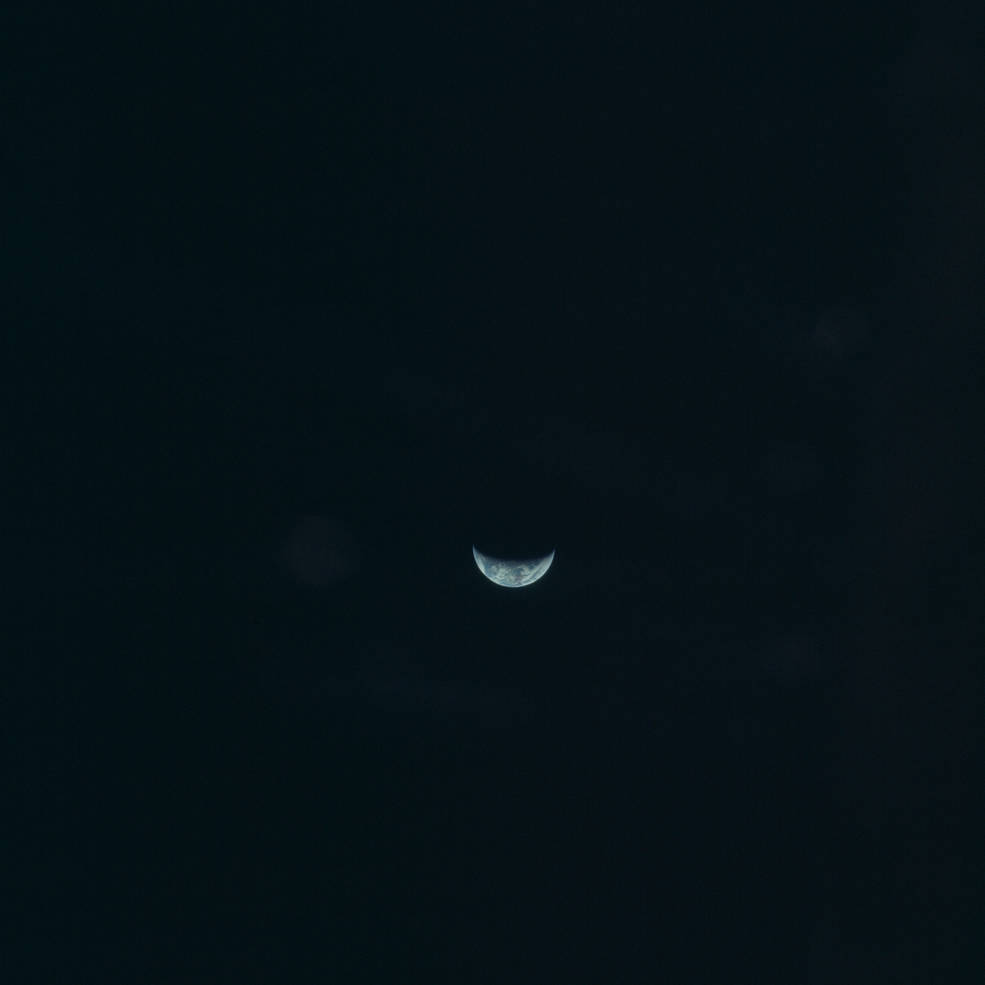
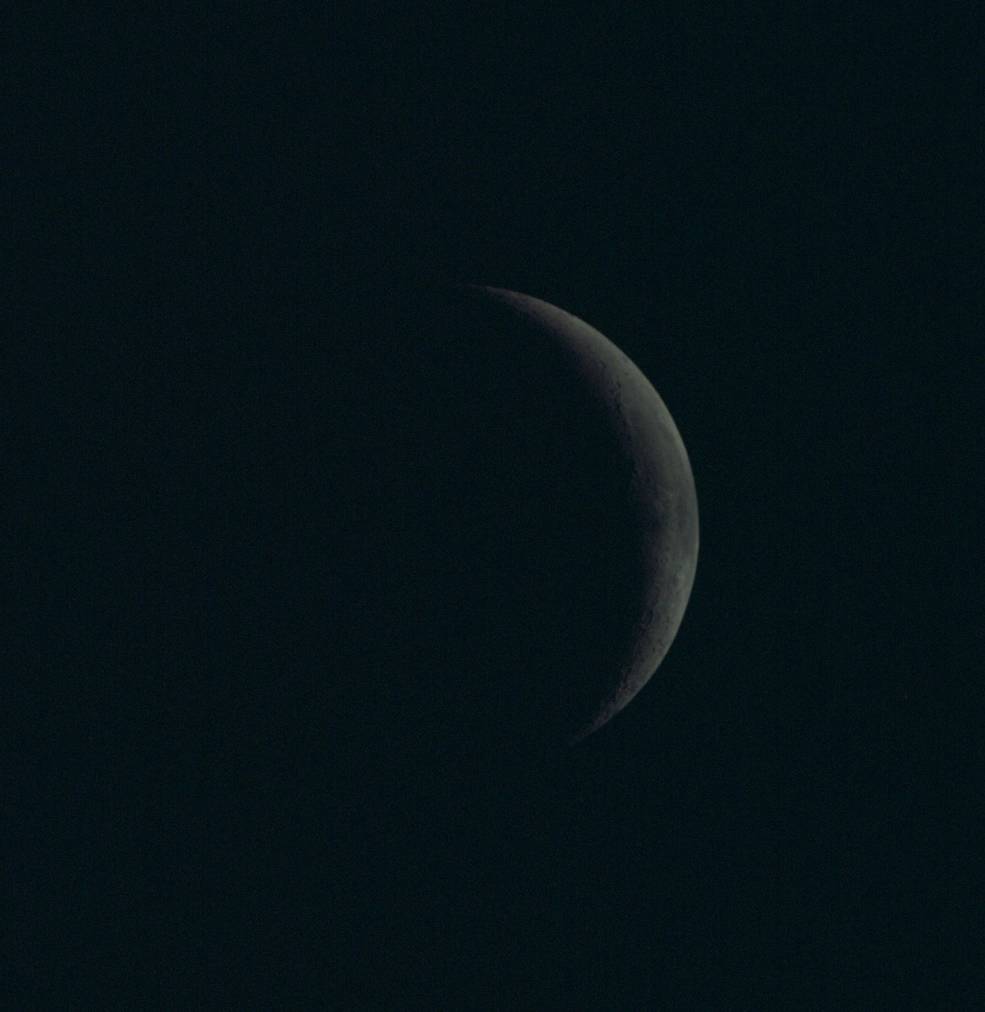
Left: The Earth continues to grow smaller. Right: The crescent Moon as it appeared to the Apollo 12 crew shortly before entering orbit.
The Apollo 12 astronauts awoke for their fourth mission day to find themselves a mere 15,671 miles from the Moon and still accelerating. They provided ever increasingly detailed descriptions of the Moon as its apparent size grew larger and larger. Flight Director Glynn S. Lunney decided that the velocity change that would have been accomplished by MCC-4 was so minor that it would be incorporated into the LOI burn. As they slipped into the Moon’s shadow, they were able to observe the solar corona. As they continued to accelerate toward the Moon, they oriented their spacecraft into the correct attitude for the LOI maneuver. Shortly after, as previous missions had done before them, Apollo 12 sailed behind the Moon and all contact with Earth was cut off. Thirteen minutes later, they fired the SPS engine for the six-minute Lunar Orbit Insertion-1 (LOI-1) burn, reducing Apollo 12’s velocity to allow it to enter into an elliptical 194-by-72-mile orbit around the Moon. Back in Houston, mission controllers and managers anxiously awaited the reacquisition of signal with Apollo 12 – if the engine fired successfully, they would receive the signal after 32 minutes; if it didn’t fire, that signal would arrive 7 minutes earlier.
To be continued…

